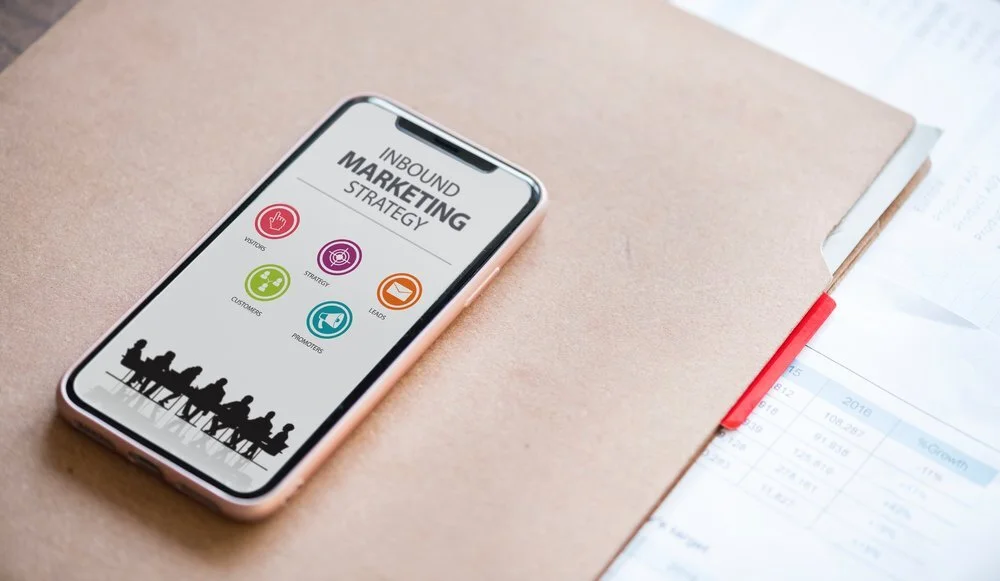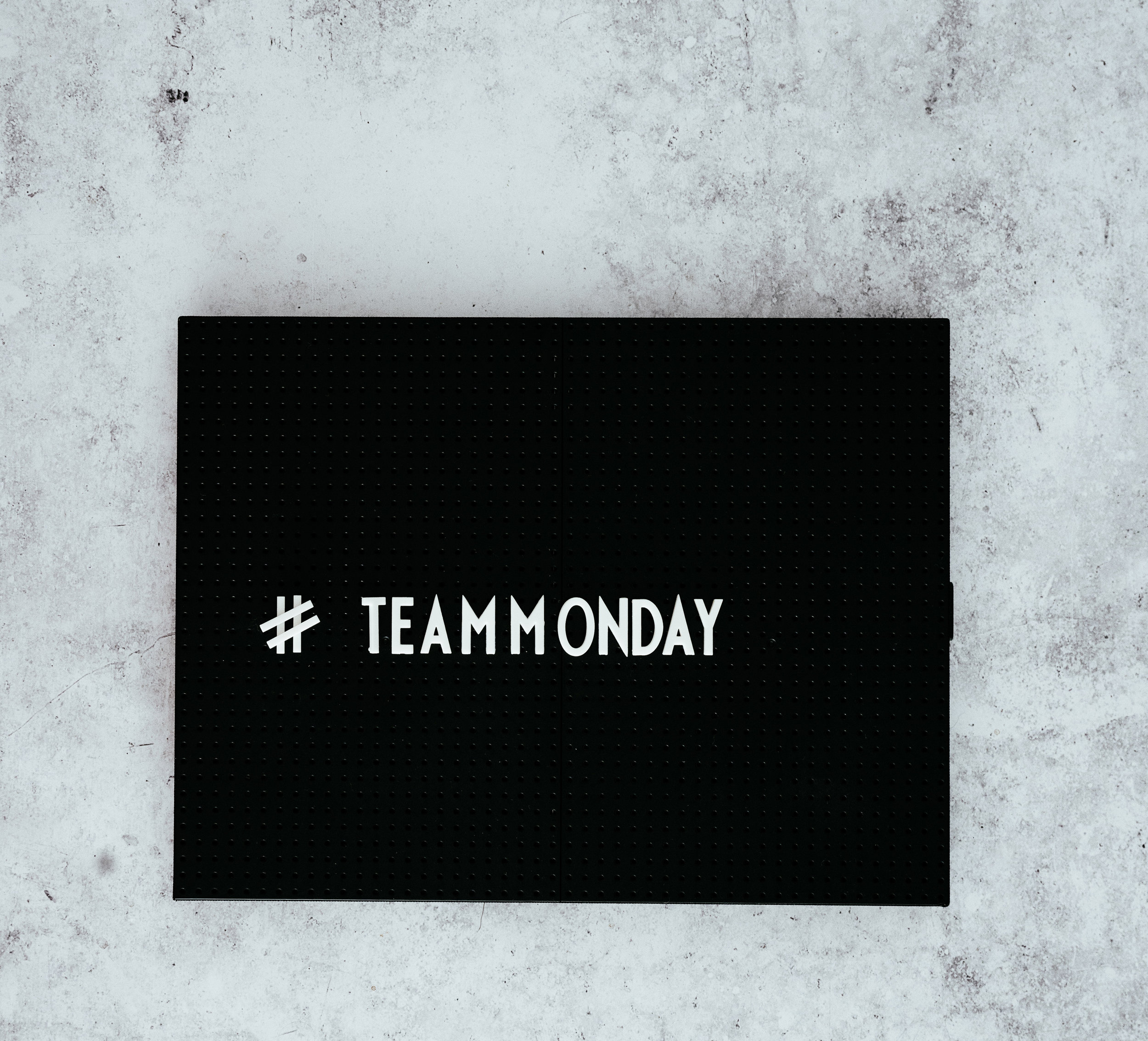Last year we shared our favorite posts of 2017 — and it was such a hit we wanted to capitalize on the chance to highlight a few of our favorite posts again this year!
While we put a lot of work into every post, we definitely have a handful of favorites that we can’t help but wanting to highlight a second time. If you haven’t been able to keep up with every post this year, we suggest just checking out these can’t miss picks:
Our favorite social media post: How to do a social media audit
If you’re finding it hard to remember the last time you reviewed your big picture social media strategy, it’s probably time to step back and do a social media audit. Regular audits will help you identify any weak points in your approach, give you more detailed information about your audience, and help you retool your strategy to match current trends.
Our favorite web post: 75 post ideas for Instagram
Are you lacking imagination for your next Instagram post? Everyone’s creative cogs stop turning now and then, but fear not, we’ve put our creativity to the test by coming up with 75 post ideas to help you through your creative block.
Our favorite design post: Color Stories, City Views
To further explore the aesthetic and inspiration found in an urban environment, we’ve snagged Unsplash photos from cities all over the world. Cities are so much more than grey and concrete – and the colors we’ve pulled from these images prove that.
Our favorite email marketing post: How to write a subject line that gets clicks
The world of email marketing is remarkably noisy. According to research conducted by The Radicati Group, a Technology Market Research Firm, 235.6 billion emails are sent and received worldwide every single day, and that number is only set to increase. If you’re struggling to see the click through rate your campaigns need to succeed, we’ve got a bank of ideas to help give them a boost.
Our favorite business blog: Must have Marketing Assets for every new business
So, you’ve decided to start a business. You know you need the basics like a logo and business cards – but what other marketing assets should you make a priority? We’re here to tell you what you need it, why you need it, when you need it, and how you get it. We hope this run down of essential marketing materials helps empower you when you’re hiring a graphic designer or marketing agency.
Our picks for must read:
This year we couldn’t pick just one must read post! But, all three of the posts we did pick have something in common – they’re all about finding, hiring, and working with the right marketing professional for you.
We love these three posts because they highlight the importance of a good working relationship:
Our most read blog post: 7 (more) Squarespace Font Pairings
Our most read post last year was 7 Squarespace Font Pairings, and this year our follow-up piece, 7 (more) Squarespace Font Pairings, was also the most read!
Hue & Tone Creative: Web Marketing, Social Media, and Design
Looking to market your business in Greensboro, Winston Salem, or the surrounding areas? Hue & Tone is a creative graphic design agency specializing in logo design, web design, social media management, and more.






















































































